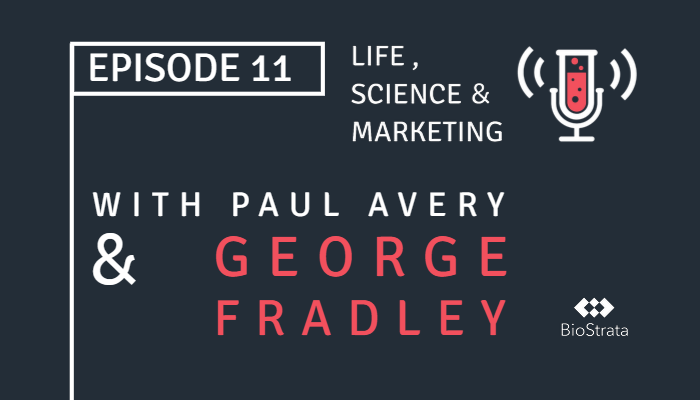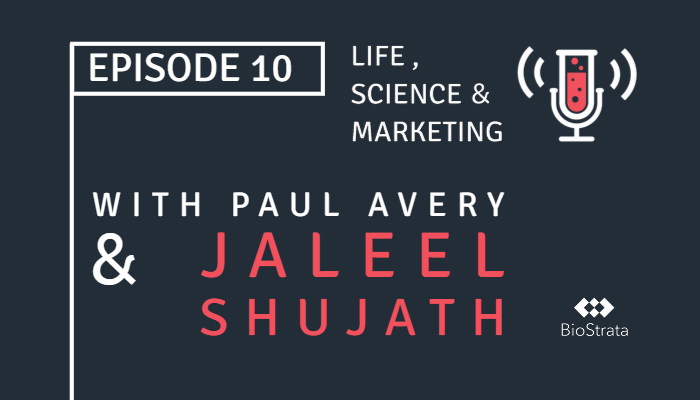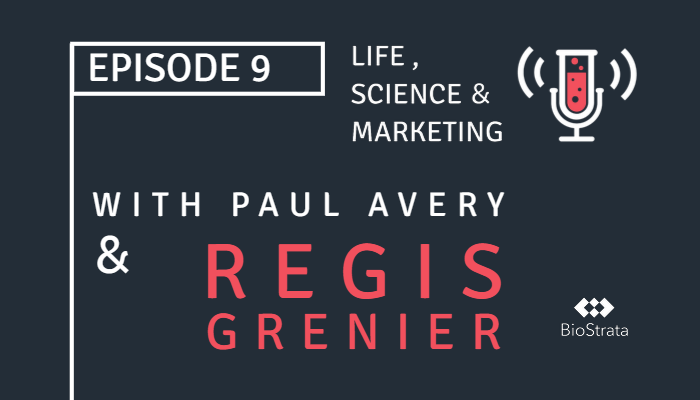Research into numerous diseases has yielded an array of drugs and therapies to the great benefit of society. For the majority of the pharmaceutical industry’s history, it has largely been big Pharma driving drug discovery, with assistance from small companies or academic institutes along the way.
The drug discovery process is an innately risky and expensive one: the cost of R&D for each new molecular entity in 2010 was estimated to be a staggering US$1.78 billion. This is a hefty price tag for such a time consuming, challenging and risky process. In light of what could be deemed a ‘difficult’ past decade for Pharma, the industry is starting to look at ways to optimise its business model.
R&D downturn
Pharma has faced a torrent of challenges of late, from drug safety to the industry’s integrity and transparency. The industry’s potential for growth, or even just self-sustainment, is in an increasingly precarious position:
- Generic drugs now account for around 75% of all prescriptions in the US
- Worldwide sales of prescription drugs dropped by 1.6% in 2012 due to a large amount of blockbuster patent expirations
- Further expiration of key patents between 2013 and 2018 are estimated to put US$230 billion of sales at risk.
Pipelines also seem to be drying up with the number of drugs approved per billion US dollars spent on R&D halving roughly every nine years since 1950, falling by around 80-fold in inflation-adjusted terms. With such a sharp downturn, Pharma is looking beyond its own capabilities in an attempt to address some of these difficulties.
What are we best at?
One trend that’s gathering momentum in the marketplace is the dedication of each member of the pharmaceutical development chain to the part of the process they are best at, leaving others to carry out functions outside of their core expertise.
A recent BBC Radio 4 Today show interviewed several esteemed UK scientists on the changing drug discovery landscape as part of a discussion on the recent bid made by Pfizer to acquire UK company AstraZeneca.
As Professor Alan Barrell of the University of Cambridge points out, “large companies are not interested in putting money into the very early stage ideas… they want to see the product almost at a prototype stage in many instances before they will take it on and put money into it”. Effectively, the progress made by smaller companies “de-risks ideas and targets… by demonstrating that [the drug candidate] does something in patients”, according to Professor Chas Bountra, University of Oxford.
This change in approach allows for smaller groups to take the time to develop a new drug, and then sell this ‘prototype’ off to Pharma once it has been shown to work in a human model. This is just what the Cambridge biotechnology firm XO1 are doing with the development of their anticoagulant, ichorcumab, according to Professor Richard Mason. This could potentially result in a greater array of opportunities for those conducting research into the ‘basic’ science behind disease development and treatment.
A changing but essential role
It seems plausible that “large pharmaceutical companies are going to become development and marketing machines, and we’re going to rely on a lot of the early research to be done by academics and small biotechs and CROs funded by public funding, charitable organisations and philanthropy”, according to Professor Bountra. However, Pharma will still have a crucial role to play, and will invariably continue to provide clinical trials to assess drug safety and efficacy on a large scale. As Dr Eric Karran of Alzheimer's Research UK noted during the BBC Radio 4 interview, “without big drugs companies, plenty of good research would be wasted, or perhaps never even started”.




